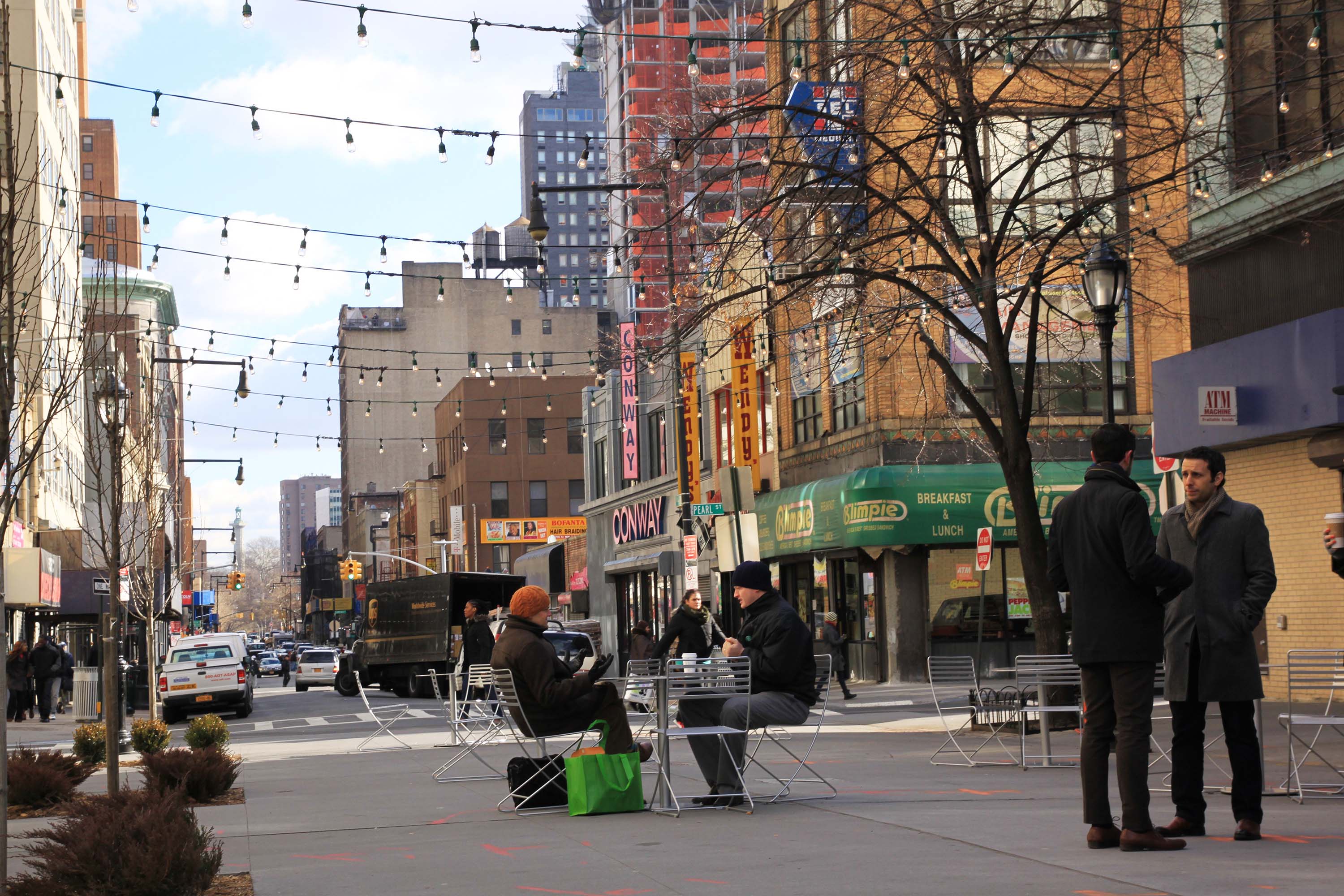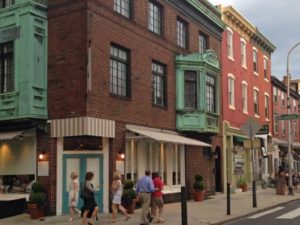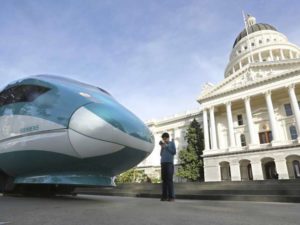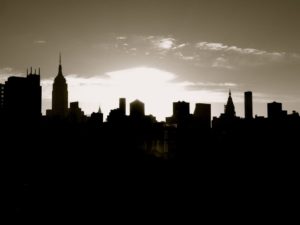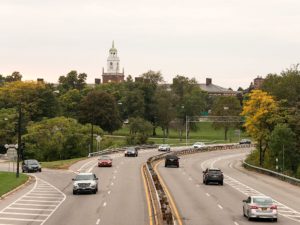
“Streets are our most fundamental shared public spaces, but they are also one of the most contested and overlooked,” writes Annah MacKenzie for Project for Public Spaces. “Today, and for most of the last century, we have taken for granted the idea that our streets are primarily zones for cars, parking, and the transporting of goods. This has not been the case, however, throughout most of history. Across many cultures and times—since the beginning of civilization, in fact—the street has held vast social, commercial, and political significance as a powerful symbol of the public realm.” “The street was ‘the first institution of the city,’ as architect Louis Kahn once wrote, and even if we don’t always recognize it, streets are still a powerful force in shaping our physical and mental landscapes. We name them after our idols and fallen heroes—in remembrance of presidents or literary figures, civil rights leaders or old Hollywood stars. In many of our own lives and experiences, they are sites for both celebration and rebellion: Stages for summer block parties and holiday parades, they are also the place we gather to express public dissent—as with recent demonstrations following the grand jury decisions in St. Louis and New York, where millions took to the street in protest of widespread police brutality and racial injustice. When streets function well on the level of everyday experience, they provide opportunities for people to connect in a way that no other public space can.” “Despite the central role they continue to play in each of our lives and memories, today’s streets are failing us on multiple scales. Our streets once functioned as multiple-use town centers, as places where children could play and where neighbors and strangers would stop for conversation, today they have become the primary and near-exclusive domain of cars.” “Beyond traffic and safety issues, many of our generation’s most pressing challenges are bound in some way to our relationship with streets and the built environment…”



